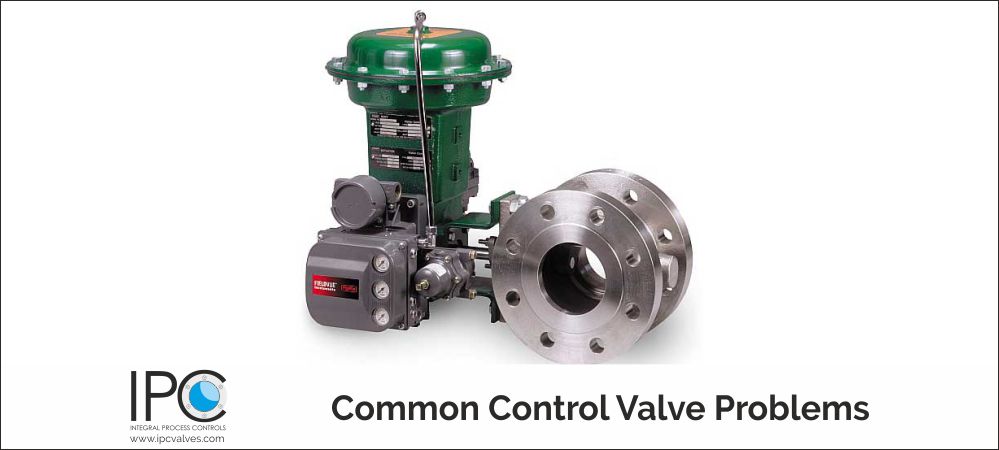If we drive a car without brakes, we are certain to get into serious accidents. That is why we pay serious attention to their maintenance. Valves in high-stakes production processes are as critical as brakes, and serious attention needs to be paid to their maintenance. If they are neglected, a number of serious problems can jeopardize the whole process.
Here are some of the typical issues regarding valves
Deathband:
You are driving down a road and need to stop. You press the brake pedal, but the breaks placed near the wheel do not read the signal! Deathband is a situation when there is input signal given by the controller, but the valve does not respond to it. To get the valve to respond, controller must send signals again. But these repeated signals often cause the valve to overshoot the target position. This could further lead the entire system to destabilize. the sudden change in pressure could cause pressure relief discs to rupture. Increased oscillation in the control loop and more errors from load disturbances could lead the system to be dead for a long period, leading to heavy loss in terms of time and costs.
Hysteresis:
When you press the brake pedal once, the brakes work, but when you press it again to the same level after some time, the brake yield a little less result than the normal. Now you cannot say for sure that pressing the pedal at a particular level will yield a particular result. Hysteresis is difference between valve position on the upstroke, and its position on the down stroke. It is caused due to static friction within the valve. If a valve has Hysteresis issues, it will keep moving at all times, never achieving the set point. The entire system now faces increased control variance.
Stiction:
Imagine your car brakes remaining stuck to the tyres when you apply them. Your car has now come to a halt. Stiction is a mixture of two words: sticking, and friction. Similar to deathband, stiction involves valves getting stuck, but this is caused due to friction and stickiness within the parts of the valve. Factors such as corrosion, change in media viscosity, tight shutoff, and more can cause stiction in valves. The best way to combat stiction is to repair the valve, which needs downtime. However, several other techniques are used to combat stiction while the production process is on.
Improper valve size:
A car with the brakes of a truck is of course unimaginable. If the right equipment is not selected for the right processes, the problems will be exacerbated. If the valves are too large for the process, a little change in position can affect the flow in a big way. If they are too small, there are bottlenecks in the process.
Non linearity:
Linearity is the relationship between the flow and the valve travel. All the above mentioned issues finally lead to non-linearity in valves.
Problems often arise in valves due to irregularities in maintenance. Tools such as data-driven maintenance can help improve maintenance of valves. Similarly, choosing the right quality of valves is of prime importance for high-stakes production process.
At IPC, we are focused on delivering high-quality valves in shortest possible time. To know more about how our valves can help you avoid some of the typical problems,
visit our website or write to us at evalve@ipcvalves.com

